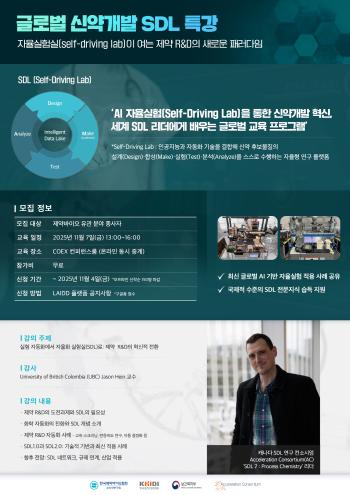Calf pain, suspected peripheral arterial disease even after a short walk...In severe cases, the possibility of necrosis and amputation
Jun 05, 2025
|
Peripheral arterial disease is mainly caused by cholesterol accumulating on the inner wall of blood vessels and narrowing blood vessels 'dead artery sclerosis'. atherosclerosis is a systemic disease in which blood vessels narrow as cholesterol accumulates inside the walls of blood vessels for a long time. On the other hand, blood clots caused by arrhythmia may suddenly block blood vessels in the legs. In this case, the pain is severe and the necrosis progression is fast.
Professor Jin Ha-na of vascular surgery at Soonchunhyang University Bucheon Hospital explained that `Patients with atherosclerosis are likely to have lesions in cardiovascular and cerebrovascular systems.'
Peripheral arterial disease often causes blood vessels to grow around blocked blood vessels, so even if the blood vessels in the legs are narrowed or blocked, they do not feel symptoms. The typical symptoms are intermittent disruptions that stop due to calf pain while walking, and symptoms such as poor healing of wounds on the foot, or cold feet and changing skin color. If blood flow is reduced, wound recovery is delayed, and when infection is accompanied, necrosis progresses rapidly, increasing the risk of amputation.
Professor Jin Ha-na said "Necrosis can progress rapidly even between the 1st and 2nd days, so if you have any suspicious symptoms, you must visit a hospital. In addition, symptoms such as numbness in the legs are symptoms of spinal disease, but if there is no major problem with the spine, it may be a symptom of peripheral arterial disease. It is important to make an accurate diagnosis through a blood vessel test, etc."
Peripheral arterial disease can be diagnosed early with a non-invasive test that compares the blood pressure of the arms and legs. If the leg blood pressure is lower than the arm, stenosis or obstruction of the peripheral artery may be suspected. Recently, when diagnosing diabetes and hypertension, peripheral arterial disease tests are sometimes performed together.
Treatment methods differ depending on the location of the narrowed blood vessels. If the blood vessels in the legs are narrowed or blocked, blood flow can be improved through procedures such as balloon dilatation or stent insertion through the femoral artery. However, there is a risk of recurrence, so it is important to combine drug treatment and exercise therapy. If the procedure is difficult, surgery to create bypass blood vessels or hematoma removal to remove hard-cured lesions in blood vessels can be performed.
Professor Jin advised "It is necessary to take antiplatelet drugs such as aspirin even after the procedure or surgery, and regular walking exercise and smoking cessation are very helpful in recovery and prevention of recurrence."
Because peripheral arterial disease begins with atherosclerosis, treatment of diseases such as hypertension, diabetes, and hyperlipidemia is important. In the case of such a disease, early drug treatment can slow progression and relieve calf pain.
Professor Jin emphasized that "It is helpful to check peripheral vascular health together for prevention and early treatment, and actively diagnosis and treatment without ignoring small signals is the first step in protecting vascular health."
|
This article was translated by Naver AI translator.















